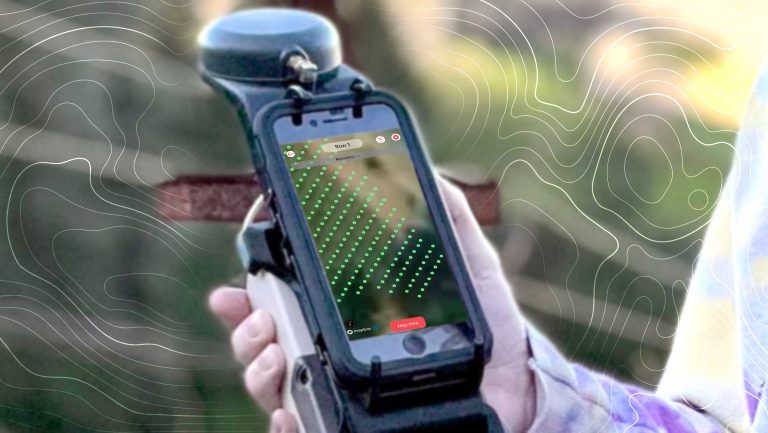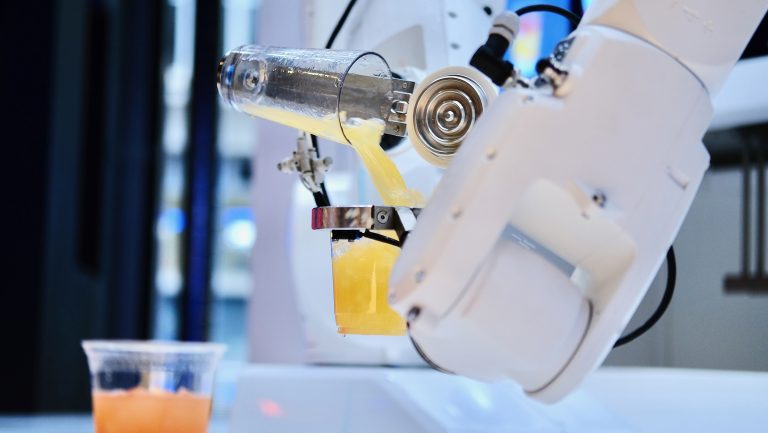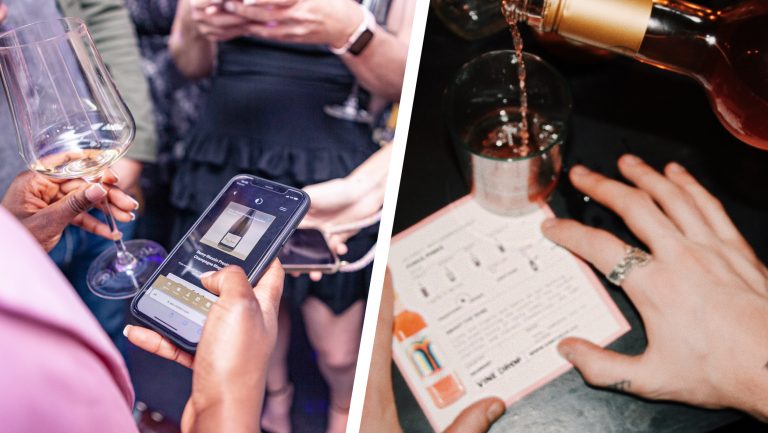Though he finds himself frequently using an iPhone, Apple Watch, and other devices at work, bar operator Jackson Cannon doesn’t consider himself an eager and early adopter of technology. “I’m a bit older,” he explains, saying he’s quick to remind young staff that even if systems go down, a restaurant and bar can still run. “Kids get kind of a blank look on their faces, and I say, ‘Hey, we have food, we have drink, we have pens and paper—we can do this,’ you know?”
That said, Cannon believes that “the right technology disappears in the hands of the thoughtful operator,” and his teams at Boston’s Eastern Standard, The Hawthorne, Island Creek Oyster Bar, and the new Les Sablons (in Cambridge) have begun to use apps and devices to improve their guests’ experience. While Cannon is largely focused on attending to the needs of regulars, other establishments—like destination restaurant SingleThread of Healdsburg, California—are using different services to learn about guests before they walk through the door. Both emphasize the discreet use of technology, on the floor and off, to optimize service.
Although Cannon says he’s hesitant to upload an app for something that pen and paper can do, his restaurants have recently replaced their binders of nightly notes on service with Evernote. “It’s a big step up: We can take a picture of a guest, of a drink, of a dish,” he says. While paging through a hard copy can be entertaining, it’s not efficient, especially across multiple venues. With Evernote, Cannon’s team can search the name of a guest or an ingredient, and the app will scan their entire history.

Don’t miss the latest drinks industry news and insights. Sign up for our award-winning newsletters and get insider intel, resources, and trends delivered to your inbox every week.
For more urgent needs, Cannon’s crew has set up communication during service between managers’ iPhones, Apple Watches, and iPads using the texting app GroupMe. Cannon appreciates that the app is able to handle the “Venn diagram of it all,” meaning the subsets of managers and staff at each location. Every venue has its own GroupMe discussion going on, but a few principals from each place are in on all the groups. “So if we’re out of a wine or lemon juice at one spot,” says Cannon, “another can respond, ‘We have it at so-and-so.’” (When they’re off duty, staff can temporarily opt out of the app’s alerts.)
Though no one is checking phones on the floor, GroupMe allows the quick exchange of a message among a large enough set of people that someone is bound to see it, even in the midst of service. “We do a lot of group messaging about regulars’ movements and their wanting to get into the restaurant, or wanting to get them some kind of special experience,” Cannon says. Sometimes, the message can share an idea for a special send-off cocktail gift that particularly fits a certain VIP, while other times it allows The Hawthorne bar’s team to have a space ready for a guest who is wrapping up a meal upstairs at Eastern Standard. “That’s such a game of [when] seconds matter—the more you know about how things are going down at the moment, the better [a guest’s experience] can be,” Cannon says. “And the guest doesn’t need to know how the information got around to really benefit from it.”
Cannon prefers to use the Apple Watch because it’s particularly discreet. “If I’m in service, the watch just taps on my wrist,” he says. “And if you can imagine me right now pantomiming … a gentleman who’s quickly looking at his watch, and contrast that with me looking at my phone, that looks a lot more distracted, like I’m not really present on the floor.” He lets the messages roll by if they’re not something he needs to address immediately.
About 3,000 miles away, chef Kyle Connaughton’s thinking runs along similar lines at SingleThread, the already-acclaimed (four stars from the San Francisco Chronicle and a James Beard Foundation Award for restaurant design) seven-month-old restaurant and inn. “Technology plays a big part in allowing us to do the very human side of what we want to do,” Connaughton says—and a lot of that technology is hidden from guests.
SingleThread uses Tock for advance ticketing and storing copious notes on each guest. As soon as a guest books a reservation, the team gets in touch by email to find out about dietary restrictions and offer concierge services. Since the staff has often seen an image of the guest (the guest’s Gmail avatar), they’re able to greet that person by name when they arrive. “If you walked into my house,” Connaughton says, “I wouldn’t have a computer screen up and say, ‘Okay, I’m sorry—what’s your name?’”

Do Everything Better
What’s holding you back? Recharge, refresh, and get ready to make 2019 your strongest year yet
The goal, he says, is for guests to never feel like customers. Checking into the inn doesn’t involve asking for a credit card for incidentals. “Everything’s inclusive,” Connaughton says. “There are no incidentals.” After drinks in the rooftop garden, guests come downstairs for dinner, “and when they’re done, they just get up and walk out the door. Unless they’ve ordered additional wines, there’s nothing to pay.” Inn guests receive their room door codes in advance, so they don’t even have to wait for a key. “When they arrive, there’s zero transaction, there’s zero interface, we get right to it: Walk in and begin enjoying your experience immediately.”
Connaughton says he’s found that if we’re reminded about all the technology tied to work and our busy lives, it can be difficult to relax. When we see a phone, we’re triggered to take out our phones. At SingleThread, he says, “we wanted to take all the technology prompts away from the guests’ view. Of course people are taking photos, but we’re just simply saying, if we don’t prompt you [by making technology visible], maybe you’ll feel less of that pressure” to be perpetually connected. So while quite a bit of technology streamlines the service at SingleThread, Connaughton says he aims for a guest to never see a member of the team interact with a computer or phone. “We like to put that in the background,” he says, “so it’s really just the theater of it all; it’s this whole elaborate experience that’s seemingly just very, very calmly executed, which it is.”
Cameras installed around the property help the SingleThread team keep tabs on guest movements and needs. “We can see who’s coming into the parking lot, what’s happening on the roof, who is about to come down the stairs,” Connaughton says, “and we’re going to be there ready with a welcome beverage for them. I can see on a camera view into a part of the dining room that I can’t see from the kitchen; I know when diners are done with their third course, so I don’t have to have someone from the service team walk back and tell me to fire table 31.”
Instead of GroupMe, SingleThread uses Slack on tablets and screens in back spaces to relay information. Apple Watches can speed up wine orders through Slack: “One sommelier who’s working on the roof can quickly talk into their watch to say table 11 asked for a chilled bottle of ’95 Krug to be on the table when they come down [to the restaurant],” says Connaughton. Sure, the voice-recognition technology isn’t always perfect. David Sisler, SingleThread’s general manager, says that an order for a 2005 Thibault Liger-Belair read “T-Ball Leisure Bel Air Reach Borg.” But the sommeliers were quick to figure out that the guests were probably thinking Grand Cru, not Little League.

Dispatch
Sign up for our award-winning newsletter
Don’t miss the latest drinks industry news and insights—delivered to your inbox every week.
Maggie Hoffman is the author of “The One-Bottle Cocktail,” coming in 2018 from Ten Speed Press, and the former managing editor and drinks editor of the website Serious Eats. She is based in San Francisco.







